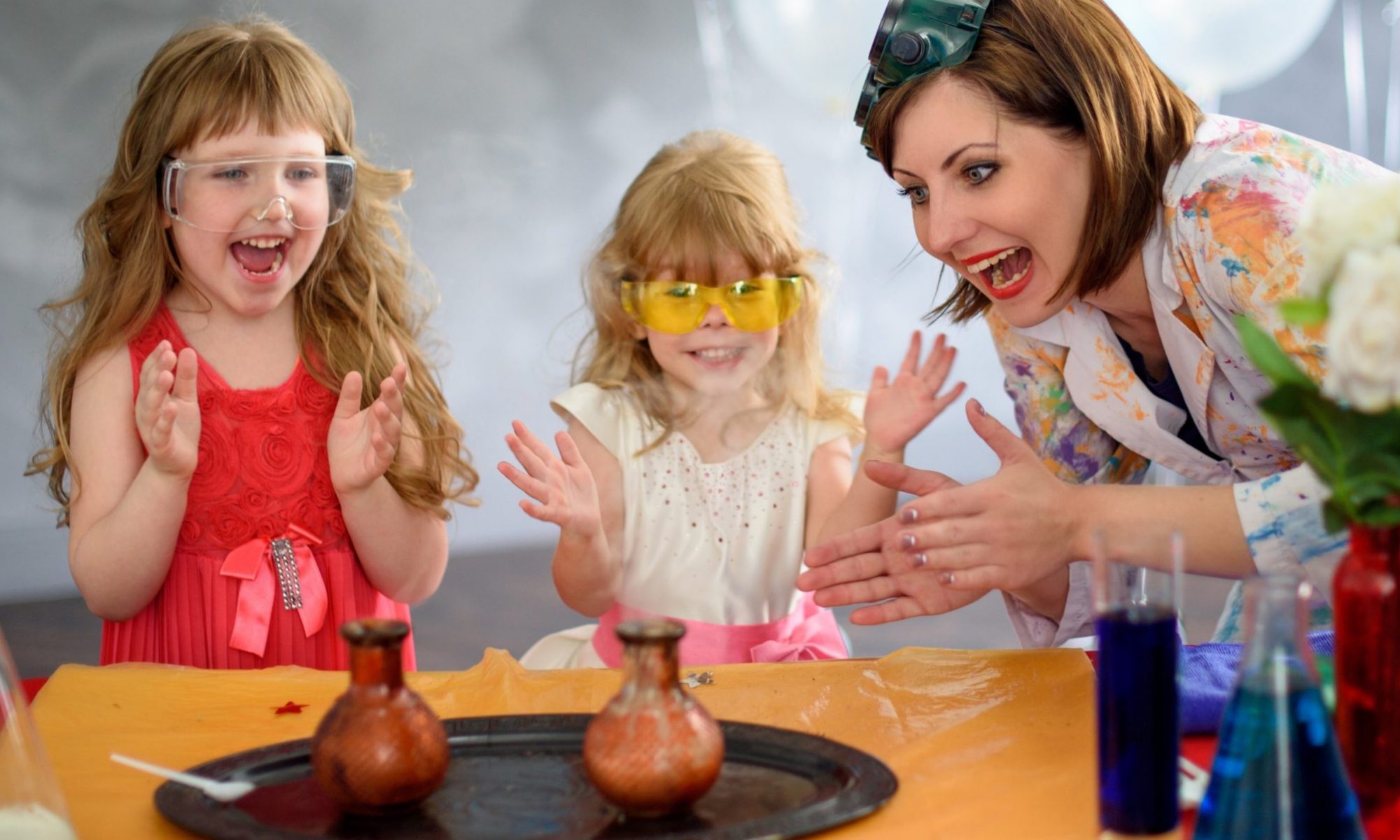Beachcombing is a great way to explore our shores and learn more about the animals that live along our rocky shores, sandy beaches and mangroves. There are so many amazing things to look out for including shells, shark eggs, crabs, cuttlefish bone, seaweed, sponges, along with interesting rocks, sea glass and driftwood. You never know what you will find?
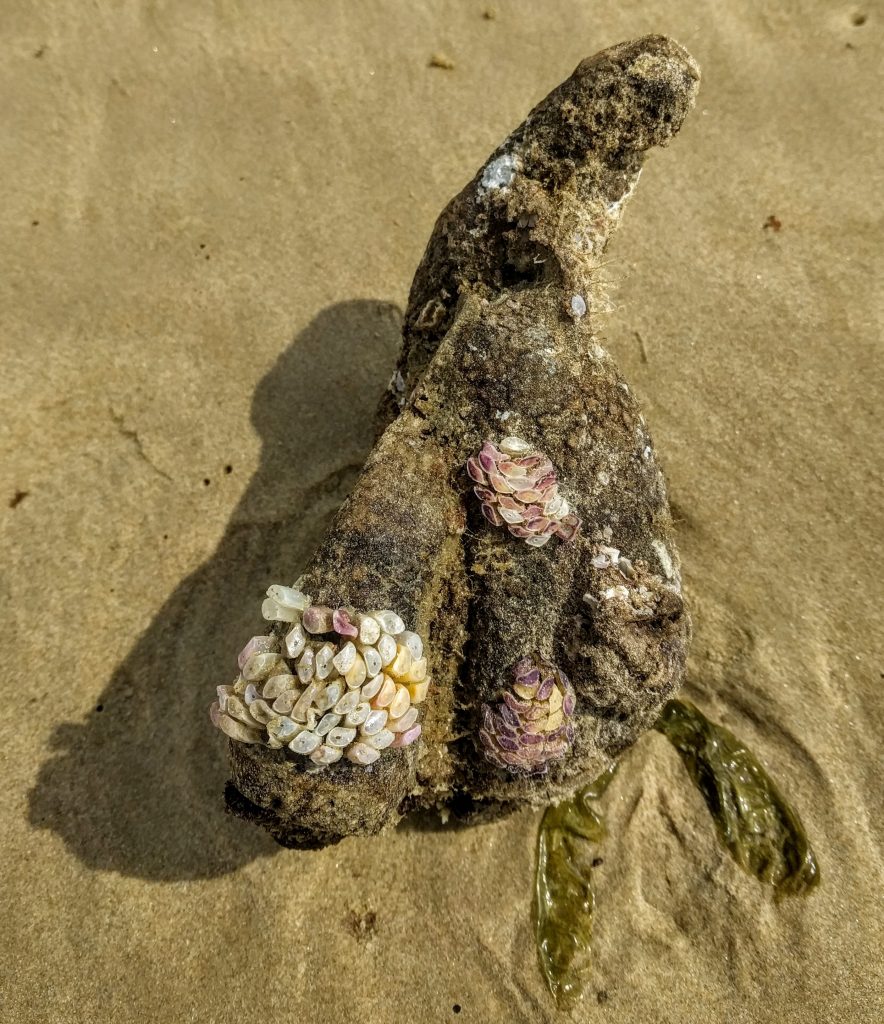
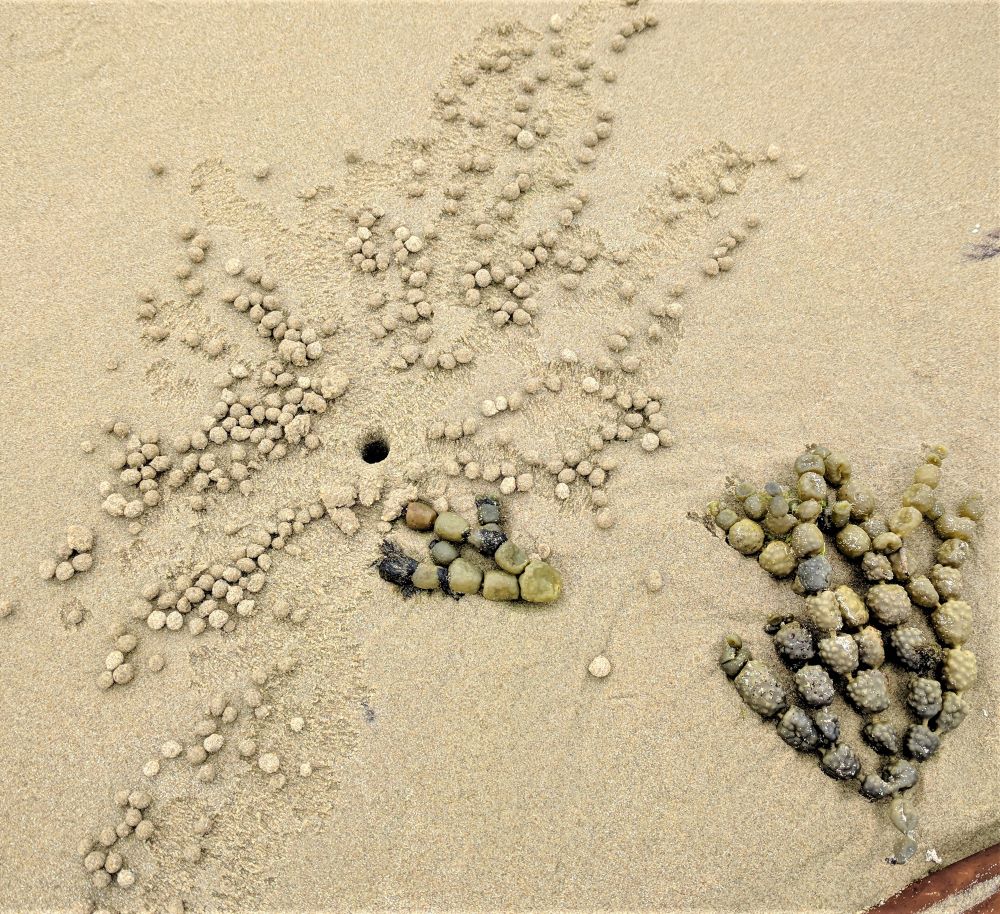
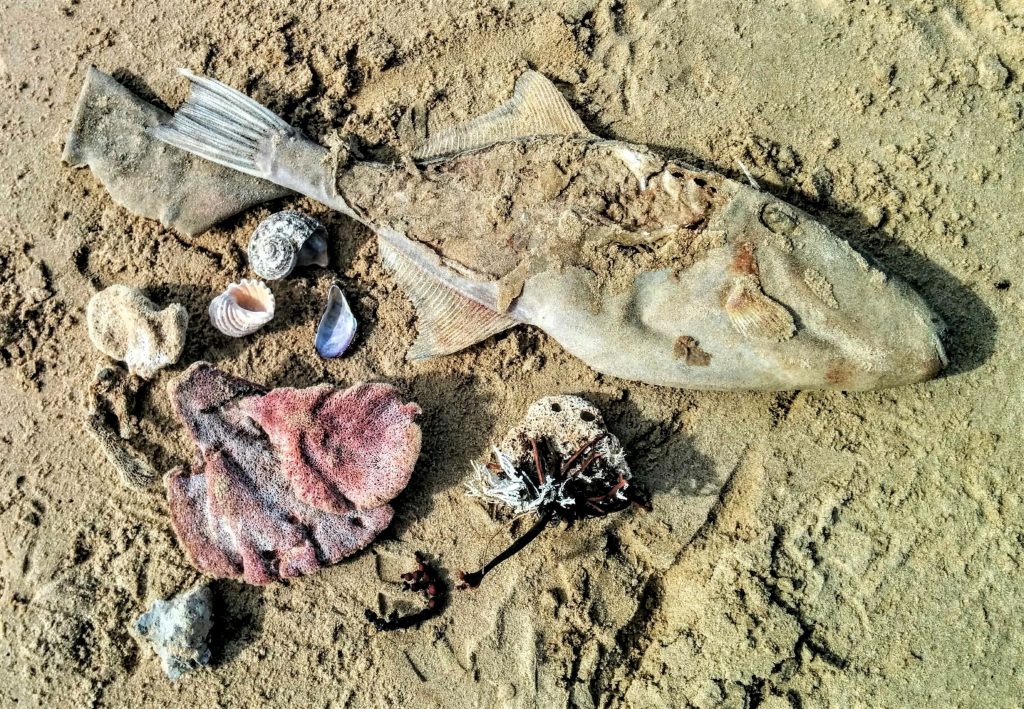
Beachcombing ideas to help get you started.
- Wear comfortable shoes, hat and sunscreen
- Check the tides, the best time to explore is when the tide is going out
- A great time to explore is after a big storm
- Use caution and common sense as waves can still be big.
- Bring a camera to record your discoveries
- Use a scale to help identify the animals later
- Check local restrictions on collecting shells and driftwood.
- It is illegal to remove living animals or plants from the foreshore and rocky reefs in Marine Parks and National Parks
- Remember hermit crabs are always needing to upgrade their shells
- Bring a bag to collect rubbish to help keep our marine environment clean.
If you find something interesting or that you haven’t seen before while Beachcombing, do some research. Using a Google image search is a great place to start. You can also contact the Australian Museum for species identifications. Make sure your image has a scale to help with identification https://australianmuseum.net.au/learn/species-identification/
You can record what animals you see along our shores at the Atlas of Living Australia
Education Resources
Caring for our Oceans
Australia is home to the over 10,000 beaches and no part of Australia is more than 1,000km from the ocean. Our coasts are impacted by our actions on land. Rubbish and microplastics can be found washed up on almost every Australian beach.
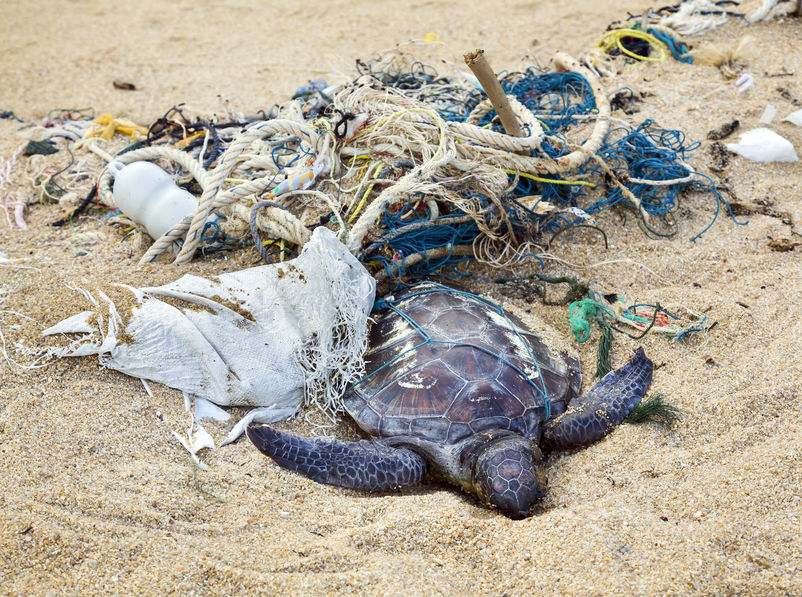
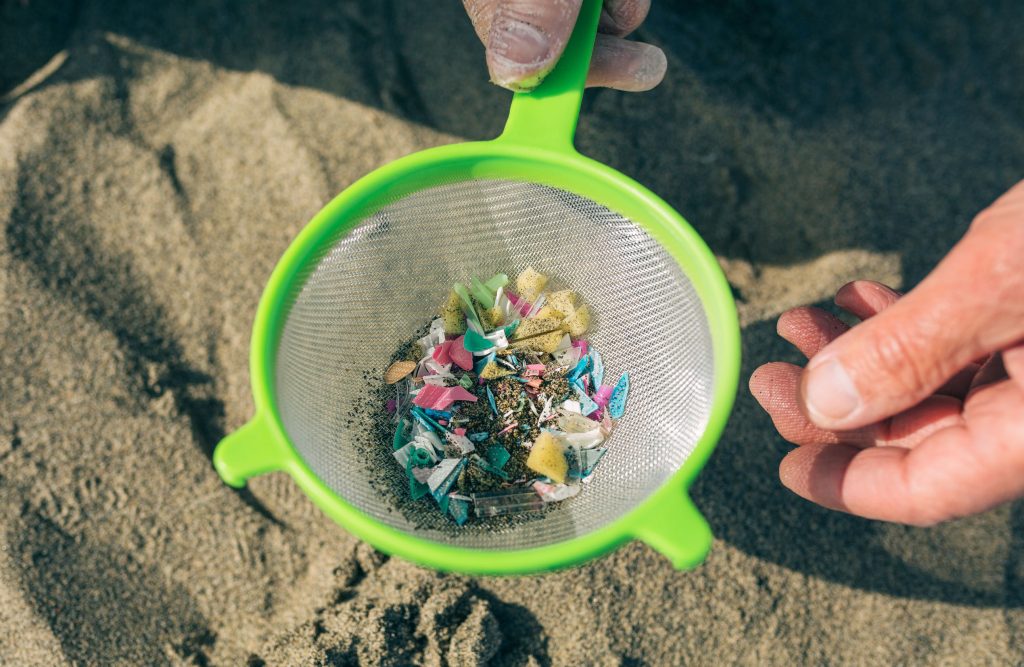
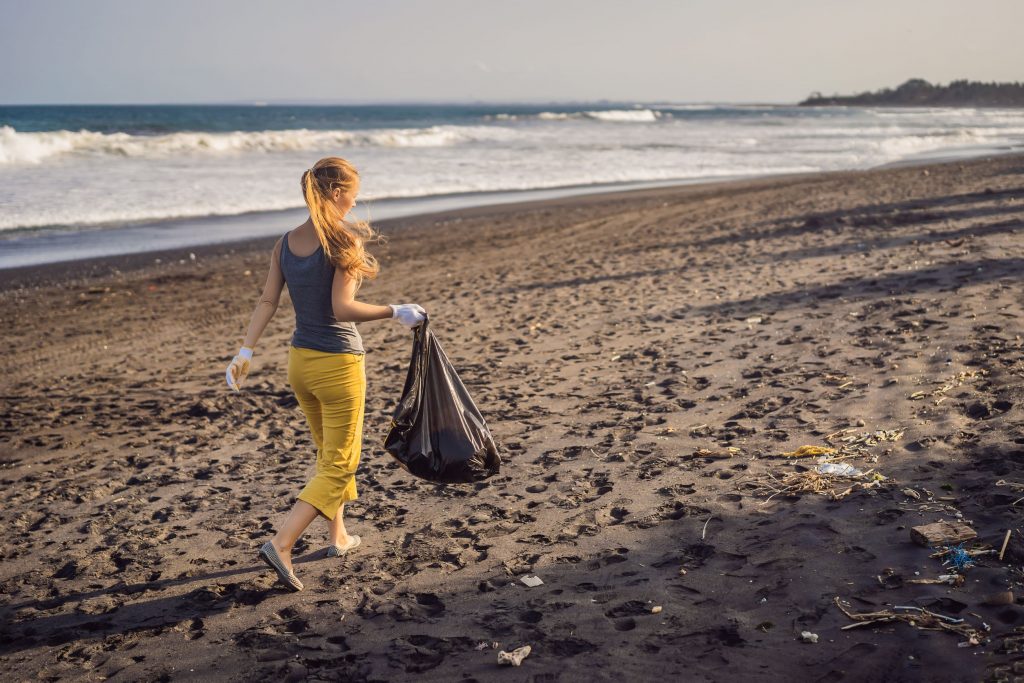
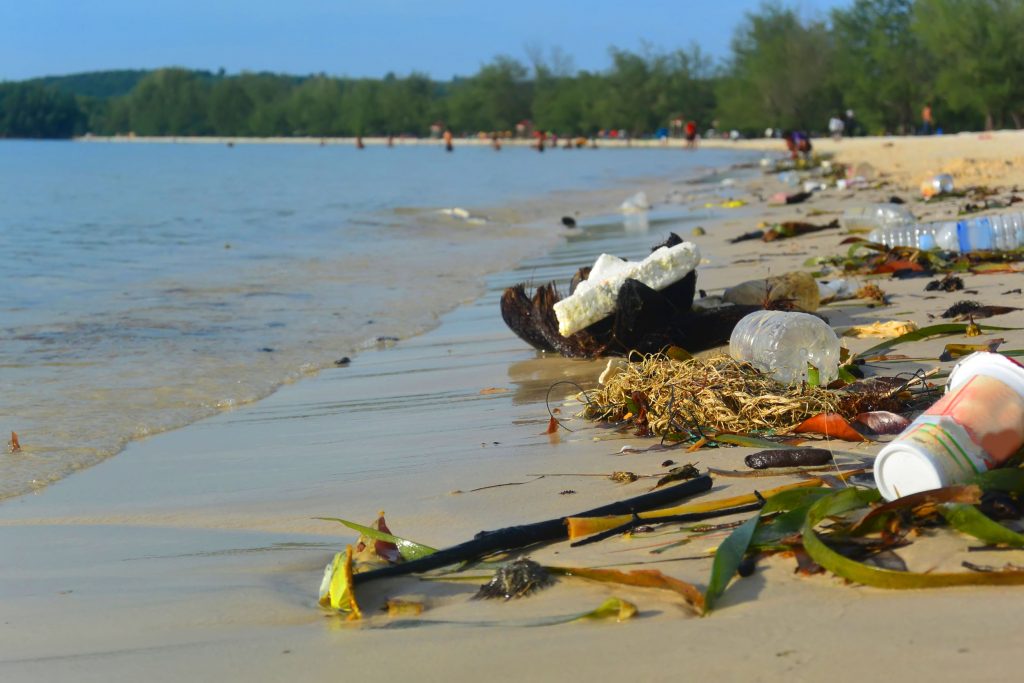
Pollution and rubbish get washed into our rivers and waterways with stormwater runoff and end up on our coasts and oceans. Over 75% of this rubbish is plastic. Plastics in the environment can take hundreds of years to break down, thereby impacting marine species for generations.
I created the Caring for our Oceans activities for the Landcare Learning Centre. These are great activities to do with your high school students.
The Beach Survey provides a starting point to understand the types of rubbish in the marine environment.
The Beach Clean up can help you work together as a team and community to remove this of rubbish.
Remember everything we do on land has impacts on the marine environment. Follow the journey of water down the river through the catchment to the sea with the Story of a River.

